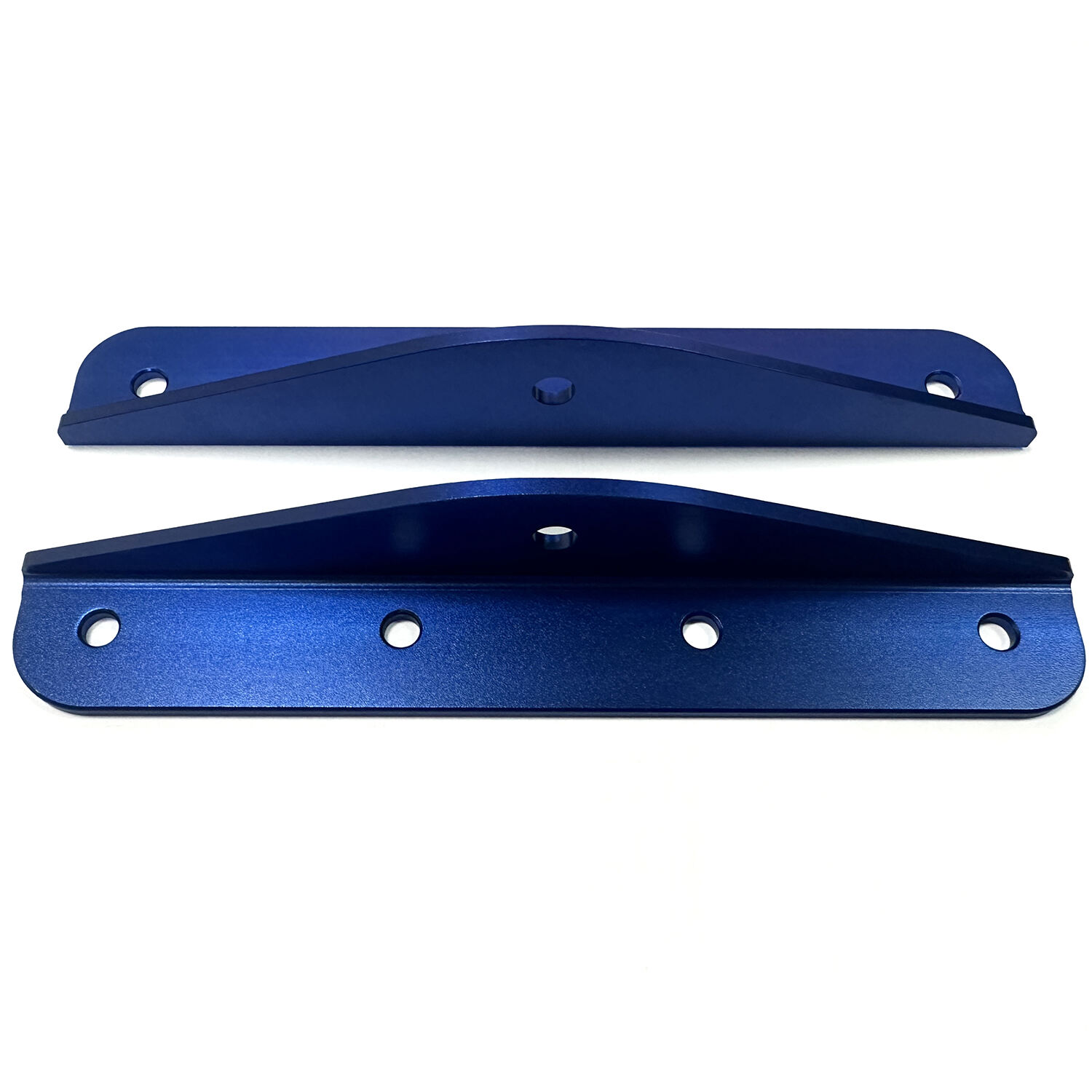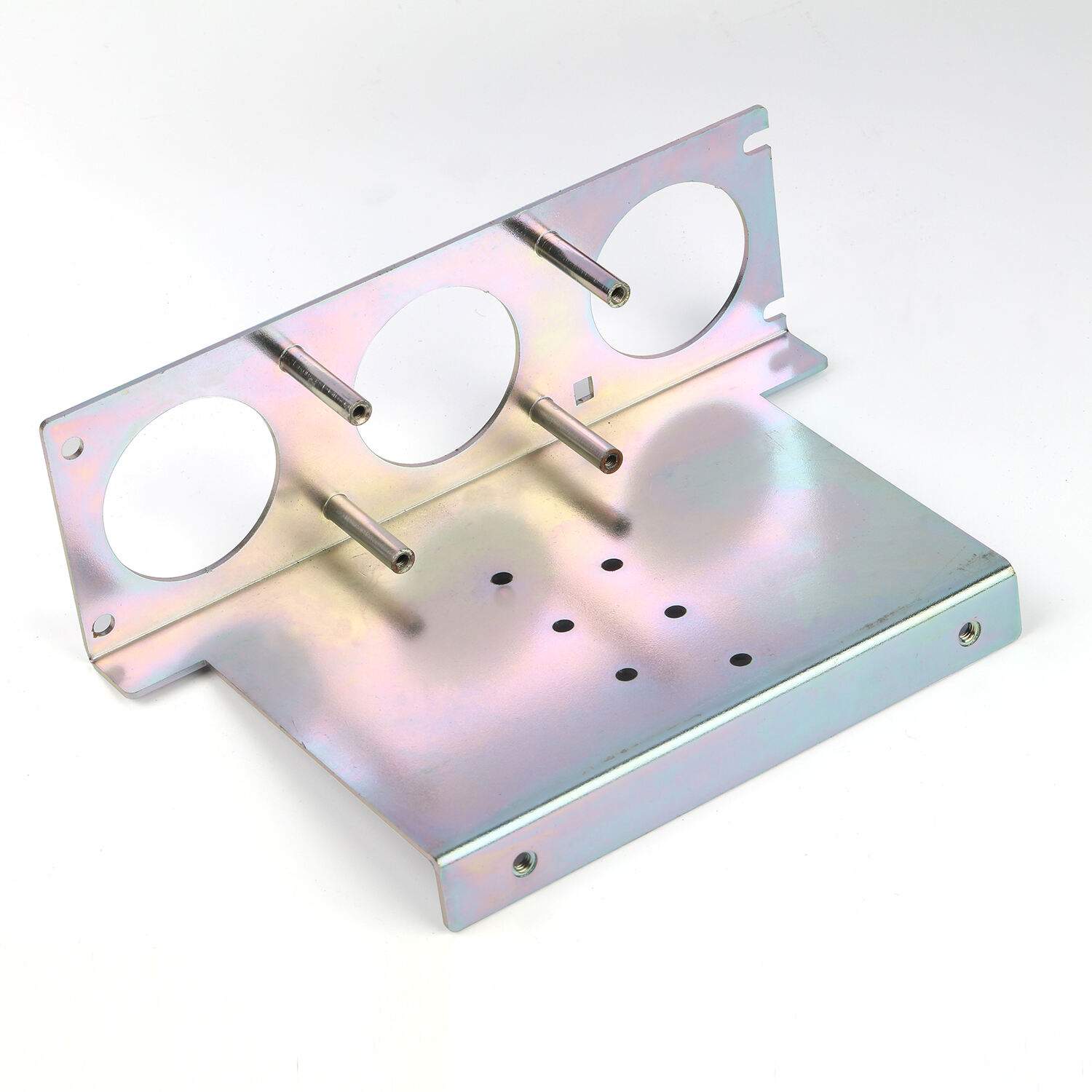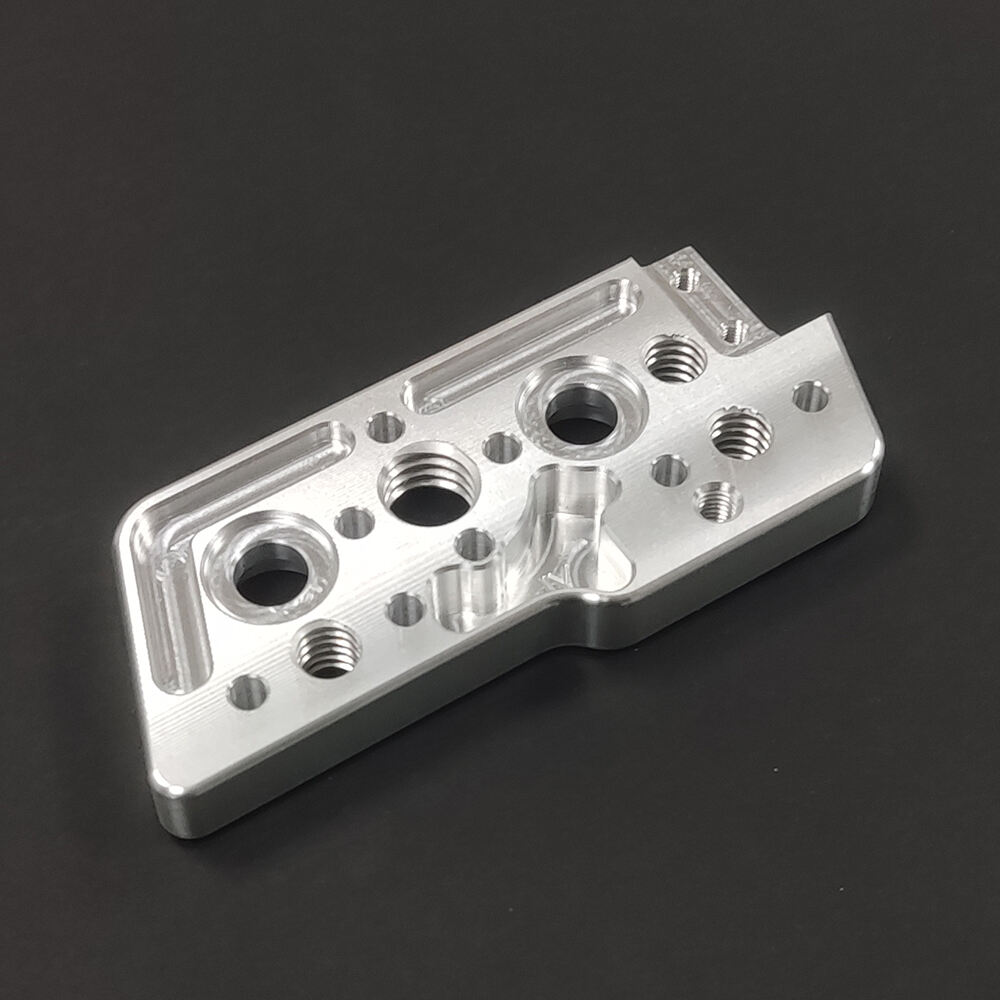What is the difference between SS316 and SS316L?
What is the difference between SS316 and SS316L?
Shenzhen Jiayi Technology Co., Ltd., as a leading player in the machining industry in Shenzhen, has been deeply involved in the machining industry for over 10 years. CNC machined Stainless steel parts, as common parts in machining, many people may not be clear about the type of stainless steel. This article will explain in detail the difference between stainless steel grades 316 and 316L for readers.
1. Resistance to intergranular corrosion
This is the most critical factor in choosing 316 or 316L.
What is intergranular corrosion? When stainless steel is in the temperature range of 450-850 ° C (such as during welding), carbon will combine with chromium to form chromium carbide and precipitate at grain boundaries. This will lead to a decrease in chromium content near the grain boundaries (forming a "chromium poor zone"), thereby losing corrosion resistance. In a corrosive environment, the material will start to corrode along the grain boundaries.
Why is SS316L better? Because its carbon content is very low, there is almost no excess carbon to form chromium carbide, thus fundamentally avoiding the formation of chromium poor areas.
Conclusion: It is strongly recommended to use SS316L for any parts that require welding, or for parts that will experience sensitive temperature zones during manufacturing and use.
2. Application scenarios
SS316L (more commonly used):
Chemical industry: containers, pipelines, heat exchangers, especially in environments involving highly corrosive media such as chlorides and acids.
Marine environment: ship accessories, coastal building structures.
Pharmaceutical and food processing: equipment, storage tanks, require hygiene and corrosion resistance.
In the field of architecture: welded curtain walls, decorative structures.
Jewelry and watches are widely used due to their better resistance to body fluid corrosion and lower allergenicity.
SS316:
It is still used in some applications that do not require welding and require high temperature strength.
But with the reduction of production costs and obvious performance advantages of SS316L, it has gradually become the default choice in many fields, while the use of SS316 is decreasing.
Simply put, in the vast majority of cases, especially when welding is required or there is a possibility of contact with corrosive environments, choosing SS316L is a safer and more suitable choice. Although SS316 still meets the physical performance standards, SS316L provides a more reliable corrosion resistance guarantee.
Recommended Products
Hot News
-
Advantages of CNC machining
2024-01-16
-
What is CNC machining technology?
2024-01-16
-
The development trend of CNC machining
2024-01-16

 EN
EN
 AR
AR
 CS
CS
 DA
DA
 NL
NL
 FI
FI
 FR
FR
 DE
DE
 EL
EL
 IT
IT
 JA
JA
 KO
KO
 NO
NO
 PL
PL
 PT
PT
 RU
RU
 ES
ES
 SV
SV
 TL
TL
 ID
ID
 VI
VI
 TH
TH
 MS
MS













